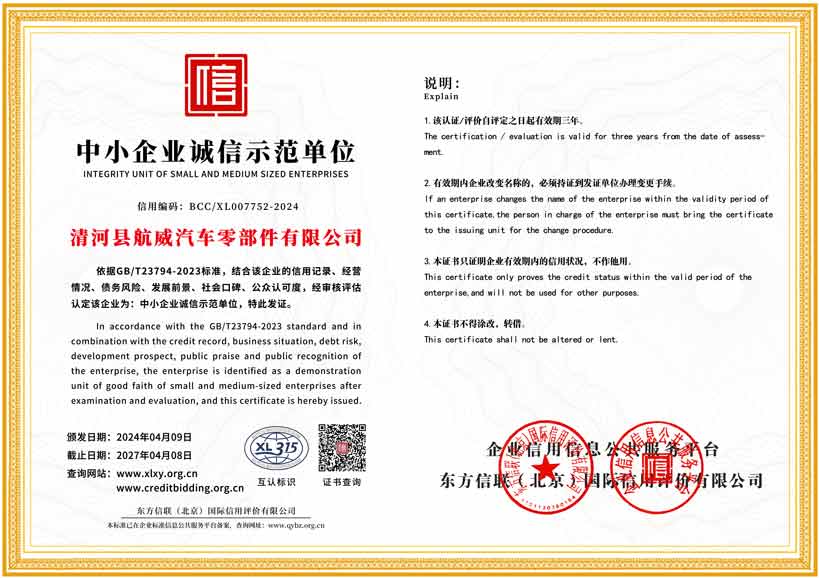throttle wire
The Importance of Throttle Wire in Automotive Engineering
Throttle wire, a seemingly simple component in the complex machinery of modern vehicles, plays a crucial role in the performance and responsiveness of an engine. As the automotive industry continues to evolve with advancements in technology and engineering, the significance of throttle wire remains vital in controlling air intake and, consequently, engine power output.
At its core, the throttle wire connects the accelerator pedal to the throttle body, which is responsible for regulating the amount of air entering the engine. When a driver presses the accelerator pedal, this action pulls the throttle wire, which in turn opens the throttle plate and allows more air to flow into the engine. This process increases the engine’s power output, enabling faster acceleration and improved overall performance.
One of the most critical aspects of throttle wire is its role in ensuring precise control over the engine's power delivery. When a driver requires immediate power—such as when merging onto a highway or overtaking another vehicle—the throttle wire must respond promptly and accurately. Any delay or malfunction in this mechanism can lead to poor performance and potentially dangerous situations on the road. Thus, the quality and integrity of the throttle wire are paramount for both performance and safety.
throttle wire

In modern vehicles, many manufacturers have moved towards electronic throttle control (ETC) systems, which replace the mechanical throttle wire with electronic sensors and actuators. While this technology offers enhanced precision and the ability to integrate advanced features like cruise control and stability management, it also highlights the importance of reliable electronic components. However, the classic throttle wire system is still prevalent in many older vehicles and certain racing applications, where drivers prefer the direct connection and feedback that a mechanical setup provides.
Maintenance of the throttle wire is crucial for optimal performance. Over time, due to exposure to heat, friction, and contaminants, throttle wires can wear down, fray, or even break. Regular inspections and replacements, when necessary, can prevent performance issues and ensure the reliable operation of the vehicle. Additionally, lubricating the throttle assembly can help maintain smooth operation and prolong the life of the throttle wire.
In conclusion, while the throttle wire may be a small and often overlooked component in automotive engineering, its impact on vehicle performance is significant. Whether in traditional mechanical systems or modern electronic setups, the effective functioning of throttle wire is essential for a responsive and safe driving experience. As the automotive industry continues to advance, understanding the importance of such components can help drivers appreciate the complexity and precision involved in vehicle design and operation.
-
Upgrade Your Vehicle with High-Quality Handbrake CablesNewsNov.01,2024
-
Optimize Your Bike's Performance with Quality CablesNewsNov.01,2024
-
Enhance Your Vehicle's Performance with Quality Clutch ComponentsNewsNov.01,2024
-
Elevate Your Vehicle's Performance with Quality Throttle CablesNewsNov.01,2024
-
Elevate Your Vehicle's Performance with Quality CablesNewsNov.01,2024
-
Affordable Solutions for Your Cable NeedsNewsNov.01,2024
